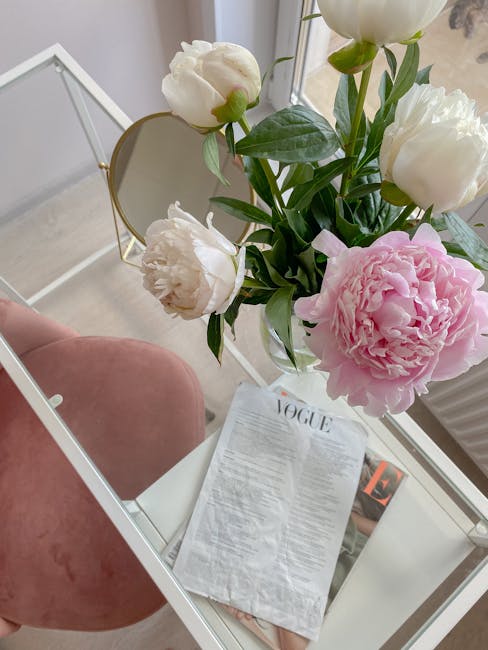Pinterest’s mission is to help people discover things, collect them, organize them, and then find ways to apply them in their life. With more and more people on the go, the mobile web has become central to providing our discovery experience. But our mobile web experience in the past was basically an upsell for the native app. Which brought us to the realization that we needed to fix it. The technology was already in place for us to be able to do so.
And so we brought a team together to rebuild the mobile web from scratch. Having a fast mobile web was crucial to the success of the project.
We made sure that we split out what was sent down to the user to be only the crucial things to start, and then everything else that wasn’t immediately important, sent down later on. We made sure to test out on average devices on 3G, just like our users would be using, and we could see the dramatic difference that there was on that initial time to interactivity. By using modern caching best practices and Service Worker, even if you’re on a bad connection or have no connection, we were able to preload the user interface for follow-up visits.
Like the native app, our site was optimized for touch interactions. This immersive experience resulted in mobile web becoming our top platform for new sign-ups.
We wanted to make sure that the users for our mobile web continued to use the product as time goes by. And one of the most important technologies that have been added to browsers was the ability to add that site to your home screen. Pinterest is not just about the content, but about what you do with it.
The browser is a discovery platform, so making it easier for pinners to use our own discovery service is really a perfect fit.






